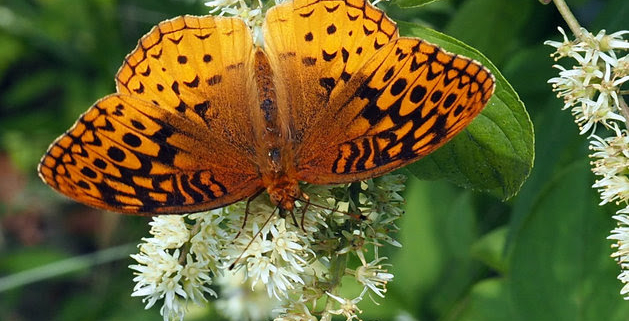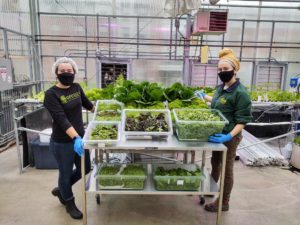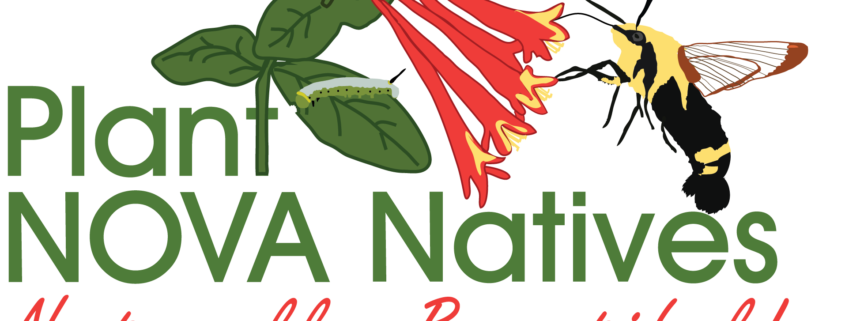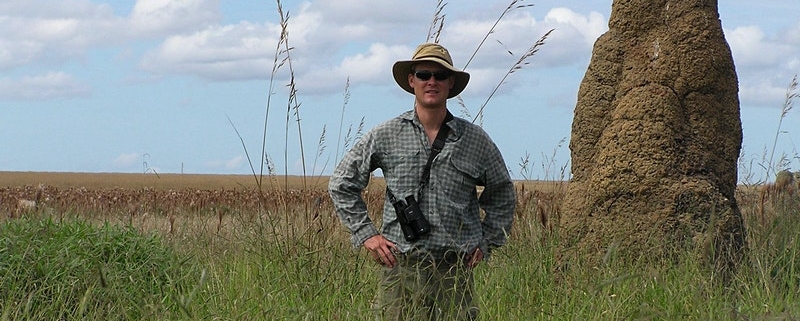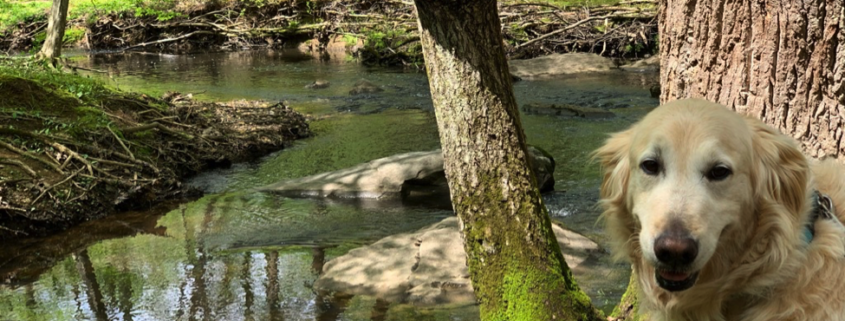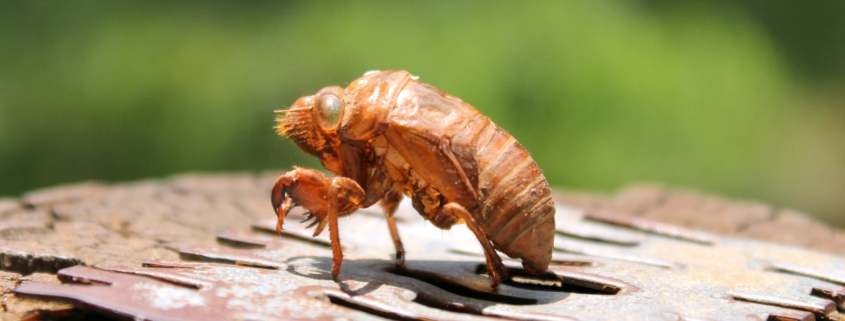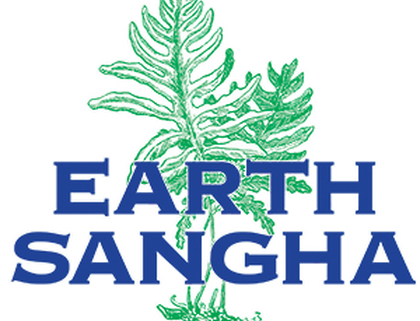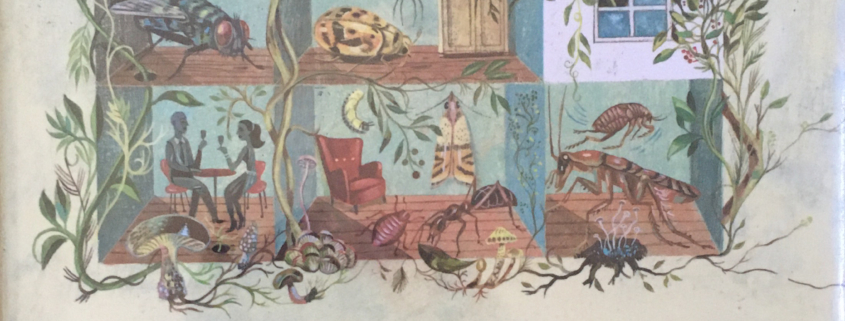Native Plant Sales are Booming
Article and photo by Plant NOVA Natives
Interest in using native plants in our yards has been growing over the past decade, gradually at first, and suddenly exponentially. It has long been known that native plants are critical to the ecosystem, and now thought leaders in the landscaping industry have taken up the cause of promoting them for our yards. Public gardens have set aside sections to demonstrate their value in the landscape, and gardening magazines are touting them in every edition. Garden centers have responded to the increase in demand for natives by increasing the diversity of plants available for sale.
When COVID struck last year, new gardeners flocked to garden centers in droves. As the country has started to open up this spring, sales have soared even higher. A very significant chunk of those increases has gone toward native plant purchases. The landscape designers and owners of garden centers that specialize in native plants have been exhausting themselves to keep up with the demand.
Why are native plants so particularly popular? We may be reaching a tipping point in acceptance of personal environmental responsibility, as the populace is finally facing the reality that our ecosystem is teetering in the balance and that the time to take action is now. Our own properties are a place where we can make a palpable difference by using locally native plants to support birds and other wildlife. Many of the new gardeners are younger and particularly attuned to the value of gardening not just for beauty but for a greater purpose. At the same time, the industry has had time to experiment with native plants and figure out where they do best in a landscape setting. It is now easy to find the plants and choose the ones best suited to a given landscaping need.
Several years ago, representatives of environmental organizations and governmental agencies got together to create Plant NOVA Natives, a campaign to promote the use of native plants in Northern Virginia. One strategy has been to provide a plant guide and resources on the Plant NOVA Natives website, with simple suggestions for every planting situation along with more details for those who are interested and even more details for landscape professionals. The other strategy has been to essentially deputize everyone who hears about the value of native plants to spread the word. One section of the website shows how to reach out to neighbors, community associations and faith communities. The website also lists the garden centers that only sell native plants – an introduction to three of those specialty nurseries is on this short video – as well as twenty-one conventional garden centers where volunteers for the campaign have been putting red “Northern Virginia Native” stickers on plants.
All in all, Northern Virginians are discovering that gardening to support nature has never been easier. Once healthy landscaping practices are adopted, the sight of a yard dancing with butterflies is enough to sell the native plant concept all by itself.


